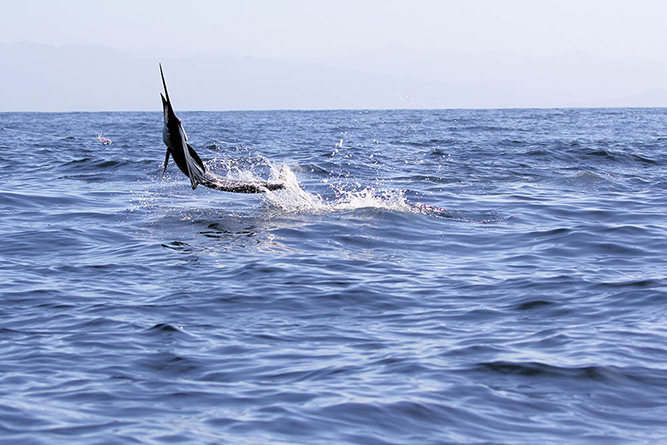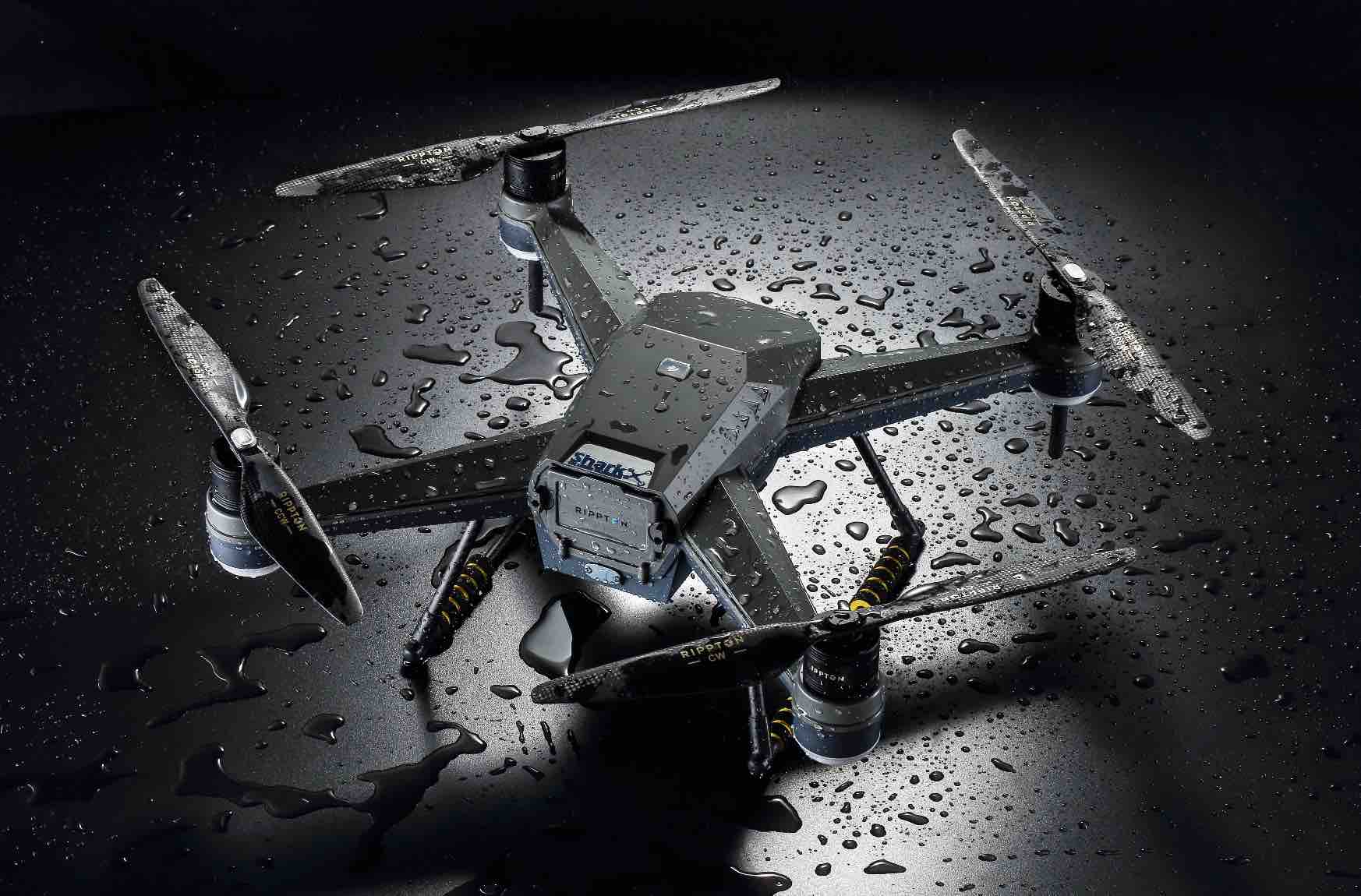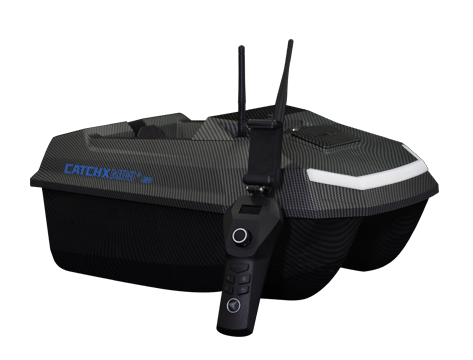The Do's and Don'ts of Sustainable Drone Fishing
Sustainable drone fishing is an exciting and innovative approach to angling, combining cutting-edge technology with responsible environmental practices. As a manufacturer of smart fishing gear, Rippton is committed to promoting sustainable fishing methods. In this article, we will explore the dos and don'ts of sustainable drone fishing, providing guidance for anglers who want to enjoy this thrilling activity while safeguarding our aquatic ecosystems.
Understanding Sustainable Fishing
Sustainability, in the context of fishing, means the ability to maintain fish populations at a healthy rate or level. It is essential to recognize that some fish species may be endangered, making them vulnerable to overfishing and potential extinction. Overfishing not only endangers these species but also disrupts the entire ecosystem they inhabit.

Practicing Sustainable Bait Casting Drone Fishing
As drone fishing gains popularity, anglers must play their part in preserving ocean wildlife. Here are some key practices to ensure sustainability when using bait casting drones:

1. Seasonal Fishing:
Embrace the concept of seasonal fishing, where you target specific fish species in cycles. For half the year, focus on catching one species (let's call it X), and for the other half, switch to another species (we'll name it Y). This approach allows fish populations to recover during their non-targeted season, contributing to sustainability. Bait casting drones have enabled anglers to access previously inaccessible spots from the shore, making this strategy even more effective.
2. Adhere to Guidelines:
Always follow the guidelines set out by the endangered species list. If you happen to catch a fish species listed as endangered or threatened, consider catch-and-release as the responsible choice. Bait casting drone provides anglers with the unique advantage of targeting specific fish species, so it's crucial to stay informed and protect vulnerable populations.
3. Avoid Overfishing:
While bait casting drone fishing offers competitive advantages, it's essential to avoid overfishing. If you've had a successful catch for the day but wish to continue, consider targeting different fish species. Overfishing can harm fish populations and disrupt the balance of the ecosystem.
Getting into Bait Casting Drone Fishing
If you're new to drone fishing, selecting the right bait casting drone for your needs is crucial. Here are some questions to guide your decision:

1. Max Payload:
Determine the maximum payload your drone can carry. This is important if you plan to use your bait casting drone for bait delivery or other accessories.
2. Battery Life:
Check the drone's battery life to ensure it meets your fishing duration requirements. Longer battery life allows for extended fishing sessions.
3. Bait Release:
Explore whether there are bait release mechanisms available for the bait casting drone. This feature can enhance your fishing experience by precisely dropping bait at your desired location.
4. Return-to-Home (RTH) Function:
An RTH function is valuable for ensuring the safe return of your drone, especially if it encounters any issues during flight.
5. Waterproof Capability:
Consider whether the drone is waterproof, as fishing often involves exposure to water. Waterproof drones are more resilient to the elements.
6. Handling Conditions:
Evaluate if the bait casting drone can handle the environmental conditions in which you plan to fish. Different drones may be better suited for freshwater or saltwater environments.
Sustainable drone fishing is a remarkable fusion of technology and responsible angling practices. By adhering to the dos and don'ts outlined in this article, anglers can enjoy the benefits of drone fishing while contributing to the preservation of our precious aquatic ecosystems. Rippton Smart Fishing Gear remains committed to promoting sustainable fishing methods, ensuring that future generations can continue to enjoy the beauty of our oceans and rivers.























